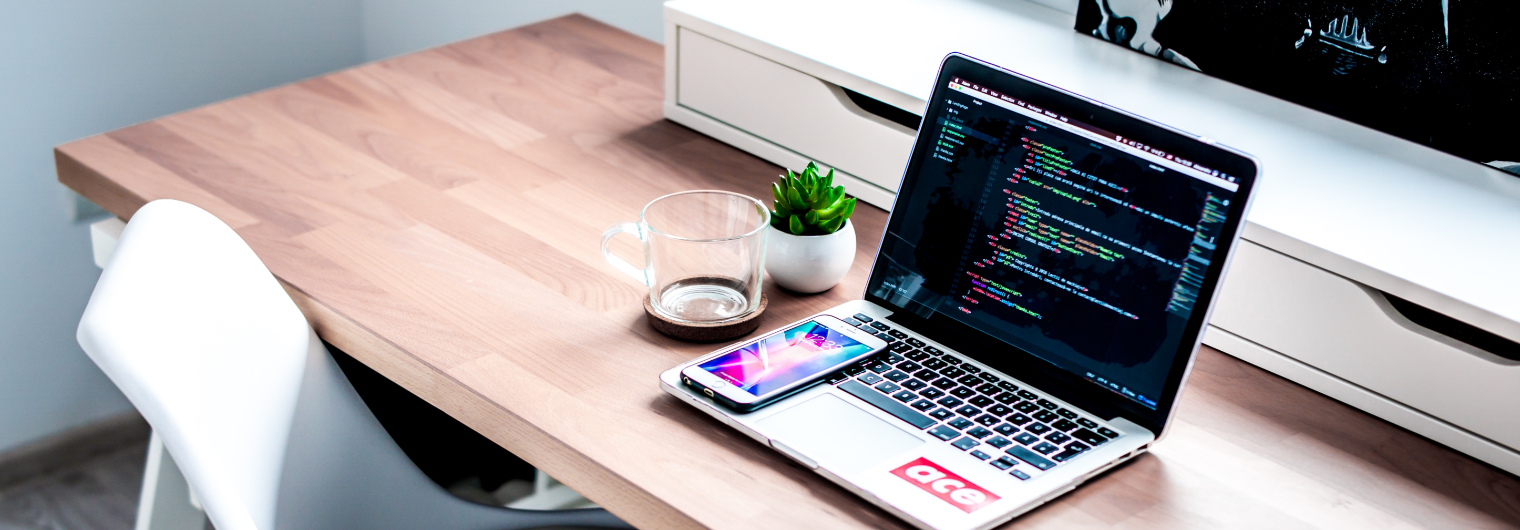3 Quick Ways to Measure the Code Quality of Your Mobile App
- Mobile
- February 25, 2020
Every year, more and more people adopt smartphones and tablets. And apps come in the package.
Hence, with every passing year, mobile applications are becoming an integral part of the lives of many. This might explain why, as per the report, by 2022, we can expect over 258 billion annual app downloads!

Unsure about the profitability of the app sector? A simple game will help prove otherwise.
Name any activity of the day, and you will find quite a few apps available for it.
For instance, you wake up in the morning with the help of an alarm app. You converse with your friends through instant messaging apps. You might keep tabs on your exercising habit and calorie intake through a wellness app.
If you wish to launch a startup, a mobile app can become a vital part of your offering. Between e-hailing services and e-wallets, there are a plethora of niches you can target with a well-positioned app!
However, you must note that it is no longer enough to launch an app. In 2020 and beyond, to succeed, you must develop a relevant and high-quality app. This is where the code quality of your mobile app comes into the equation.
What is Code Quality and Why You Must Care?
After you have decided on whether you want an iPhone or Android app, you must take various steps to develop the solution.
Once it is ready and coded, you might be in a hurry to showcase it to the world. This is where you need to slow down and take a step back.
Before releasing your app for the world, you must measure the code quality of your app once it is developed.
What is code quality? In laymen terms, code quality refers to whether the codes used in the app are of high quality (good) or of low quality (bad). This is not an objective quality index. Whether or not the codes of your mobile app are good depend on the definitions you judge them on.
Here, help from resourceful teams of coders and developers is required. You must also keep the context in mind. For instance, if you are gauging the code quality of a mobile app, the analysis of an automotive developer won’t matter.
You might wonder, if code quality is such a subjective index, why does it matter? After all, what difference can it make to your app?
Well, if you seek the right opinion and assessment, code quality tells you a lot about the quality of the software and whether your codebase is safe, reliable, and secure.
To distinguish a good code from a bad one, here are some questions you should ask:
- Does the code do what it was created to do?
- Is it consistent in its operations?
- Is it easy to understand?
- Can the codes be tested?
- Is the code documented well, for future use?
How to Measure The Code Quality of Mobile App?
There are multiple ways to measure code quality. Each method focuses on an essential aspect of mobile app development. Here are three elements and the quickest ways to measure code quality based on the factors in question.
1. Reliability
Reliability refers to the risk attached to the codes and software. It also illustrates the probability the said code of the mobile app will fail.
The more reliable code is, the less likely it is to fail. Measuring the reliability of code is vital to reduce the chances of malfunctions of an app.
Here are some quick ways to measure the reliability of a code:
- Keeping tabs on production incidents: The lower high priority errors are identified during the app development process, the higher is the reliability score.
- Load testing whereby you check how the code functions when a lot of users use it.
- Regression testing, where you count the number of new defects that arise when you try to change the app, keeping the given code constant.
- Reliability evaluation where experts create a market-like environment and see whether the app works flawlessly in the stimulating environment.
2. Security
We live in a time marked by security breaches. Recently, a giant like Facebook, too, came under fire for the drastic data theft it witnessed.
While living in an online world means that our sensitive data is more vulnerable than ever; this doesn’t mean that steps cannot be taken to prevent such breaches.
In fact, more than ever, consumers are now careful about which app they download. Every user wishes for a secure app, and this security begins at the coding level.
This is why gauging the security of the codebase is an excellent way to measure the code quality of a mobile app.
Attackers are likely to breach software and gain access to highly sensitive and personal information if poor coding practices are used.
This is why it is essential to minimize the number of vulnerabilities an app faces on the coding level.
Here are quick and tested ways of assessing code quality on the basis of security.
- Scanning the mobile app to identify the number of vulnerabilities present in the app.
- Deploying a Security update in case the app has been launched. Analyze how many users have updated the app and whether its vulnerabilities have reduced since then.
- Identifying actual security incidents and gauging the severity and frequency.
Mostly, measuring the code quality on the basis of security means waiting until you launch your app.
However, since app development is a continuous process, this factor ensures that your mobile app is flexible enough to cater to problems that arise with time.
Read also: Best Practices App Developers Should Follow to Enhance Mobile App Data Security
3. Maintainability and Testability
The ease with which software and hence a codebase can be maintained governs whether or not it is of high quality.
To measure code quality on the basis of maintainability, it is essential to assess the structure, consistency, and complexity of the codebase in question.
Here, factors like testability come in. It is hard to provide a single quick metrics for judging the quality of a code based on maintainability. Popular ways include measuring the number of stylistic warnings that arise and running the code through a series of Halstead complexity tests.
Additionally, the testability of the code can be measured through cyclomatic complexity and identifying the number of test cases that come in faulty.
How to Improve The Code Quality?
Once you have measured the code quality of your mobile app, the journey doesn’t stop there. You must then take steps to improve the overall quality of your codebase. Here are quick ways to do so.
1. Have a coding standard in place
To ensure consistency in coding, train all your developers to use a uniform coding standard.
2. Always analyze
Don’t wait for the code reviews to begin. Analyze your codes before that. This will allow you to detect problems as soon as they arise.
3. Refactor if necessary
In case your code quality showcases that your current codes are of bad quality, it is best to refactor them to lower their complexity and improve their performance.
Measure, Improve, Develop!
Mobile app development might be in-demand. This doesn’t mean that it is an easy product to perfect. Yet, as the sector matures, nothing short of perfection can help you in gaining the market share you need to thrive in the industry.
So, make sure you spend considerable time in each step of the mobile app development. Create quality and consistent codes. Don’t be afraid to measure their code quality. The sooner you detect errors, the better it is!













